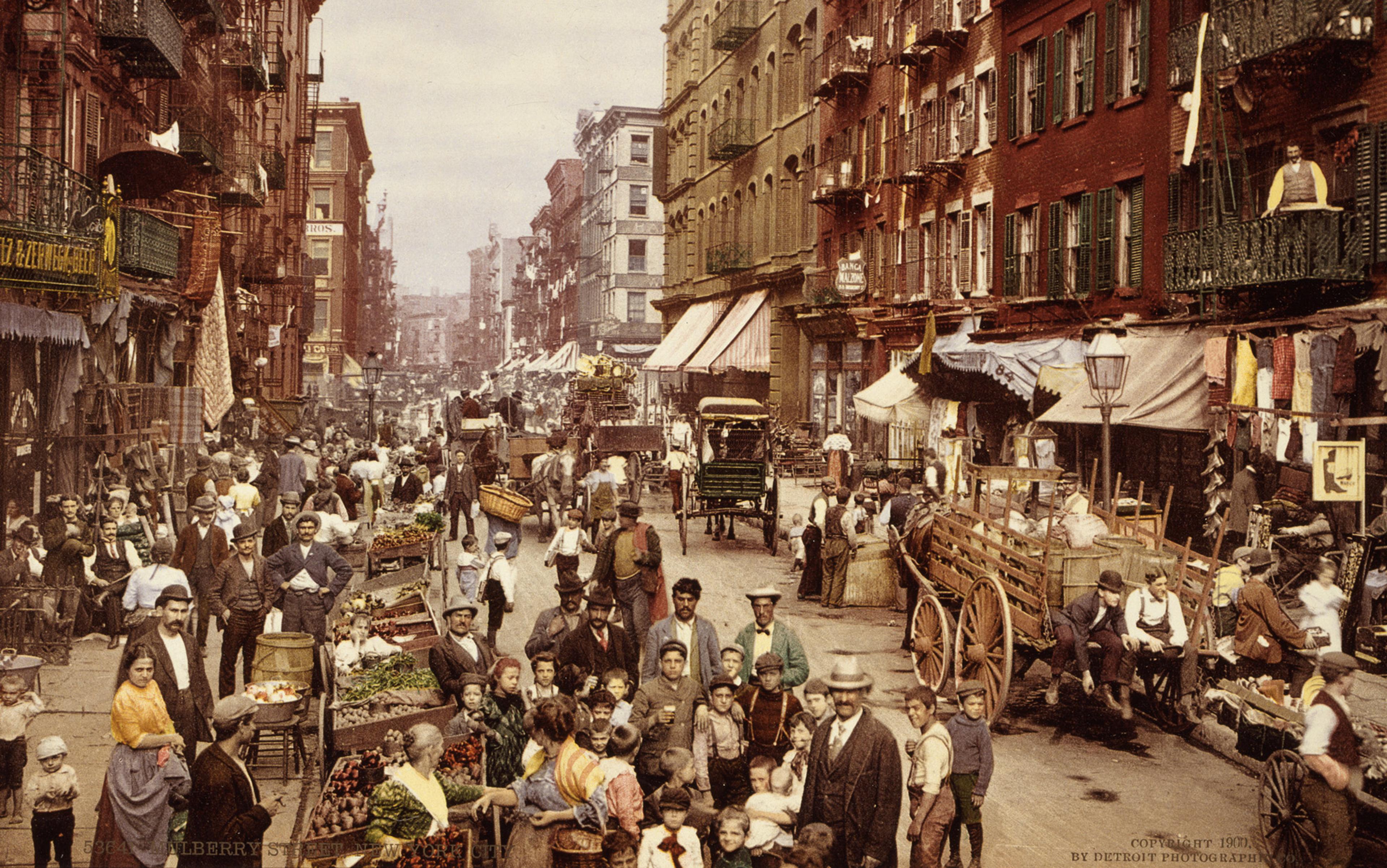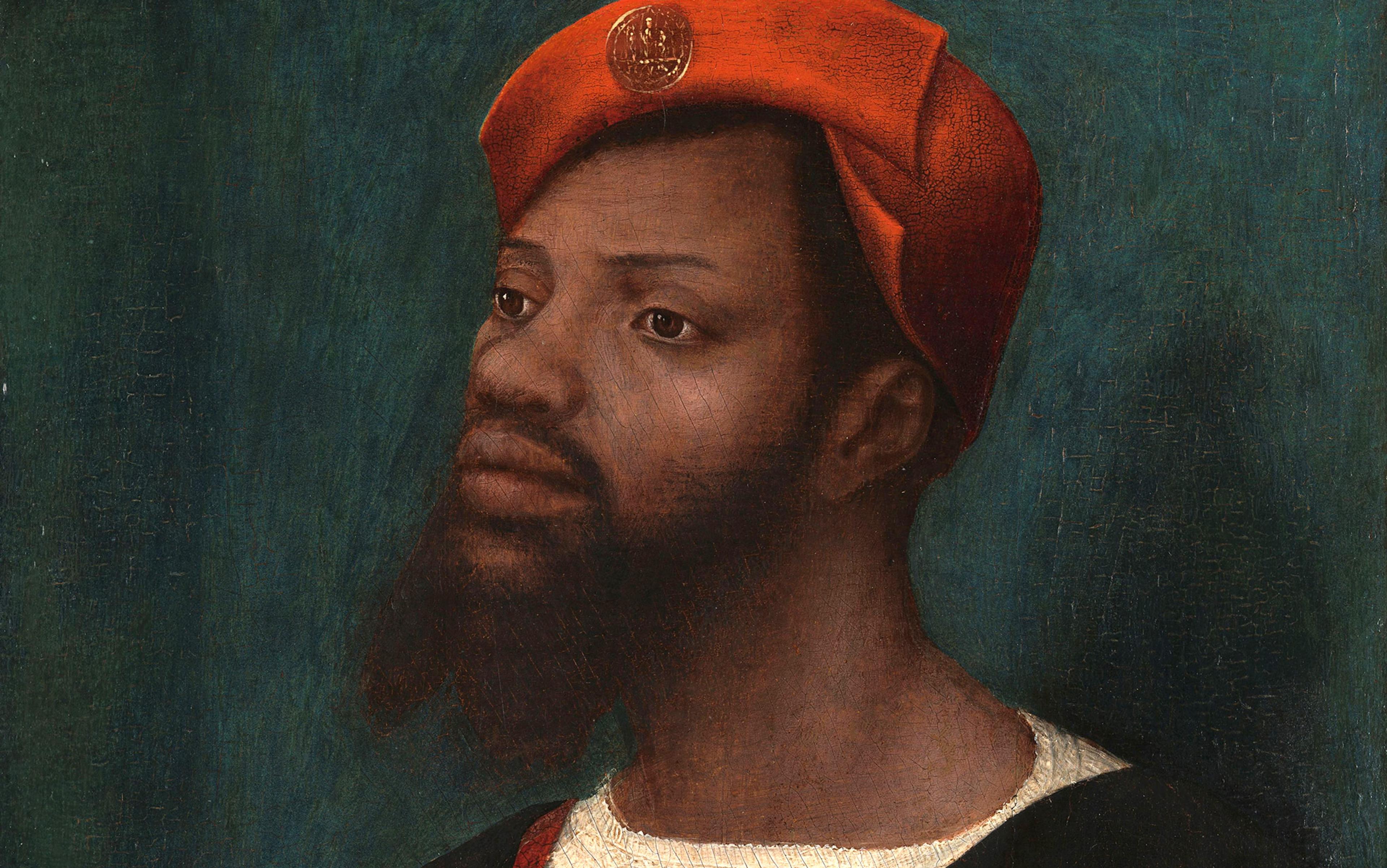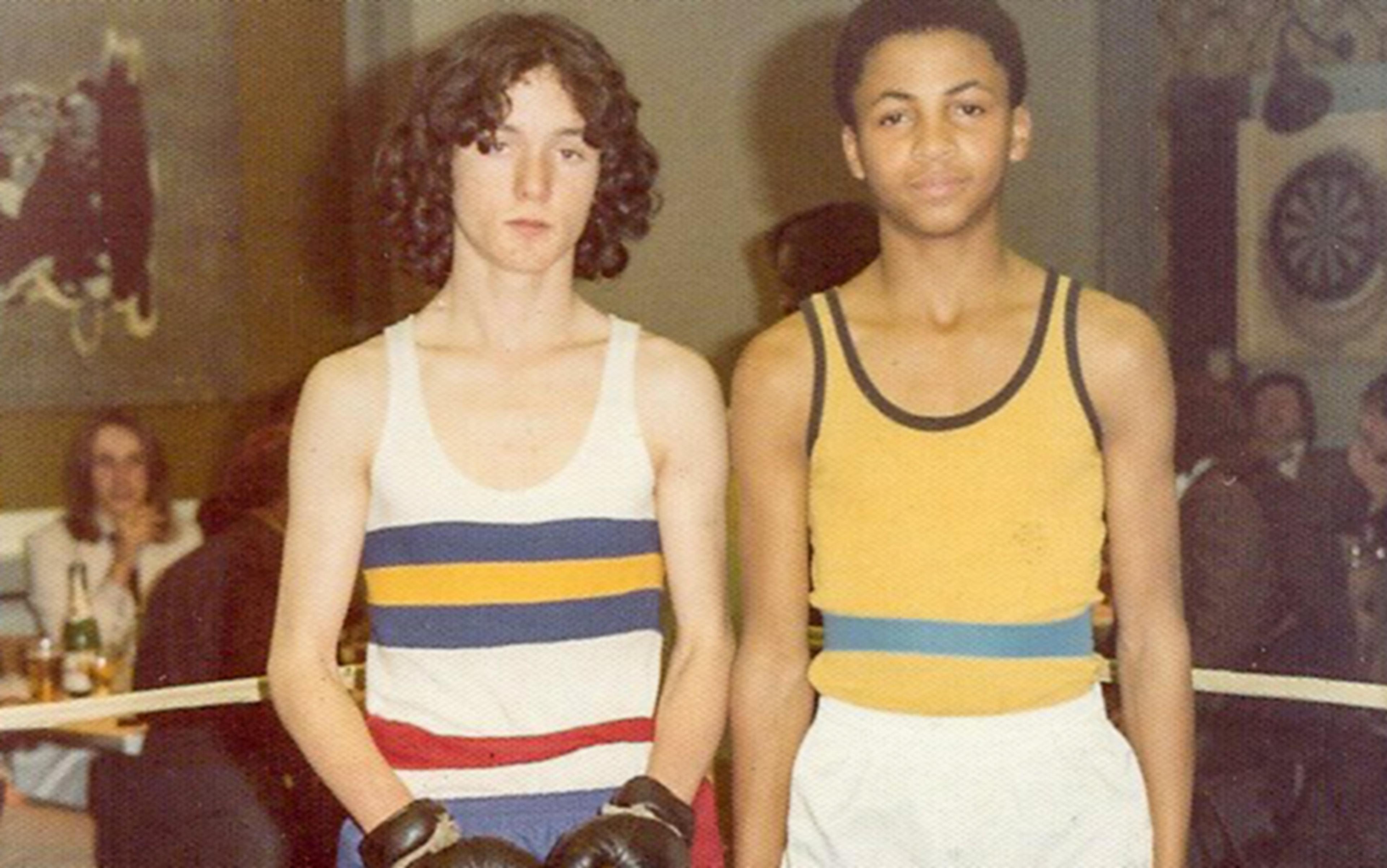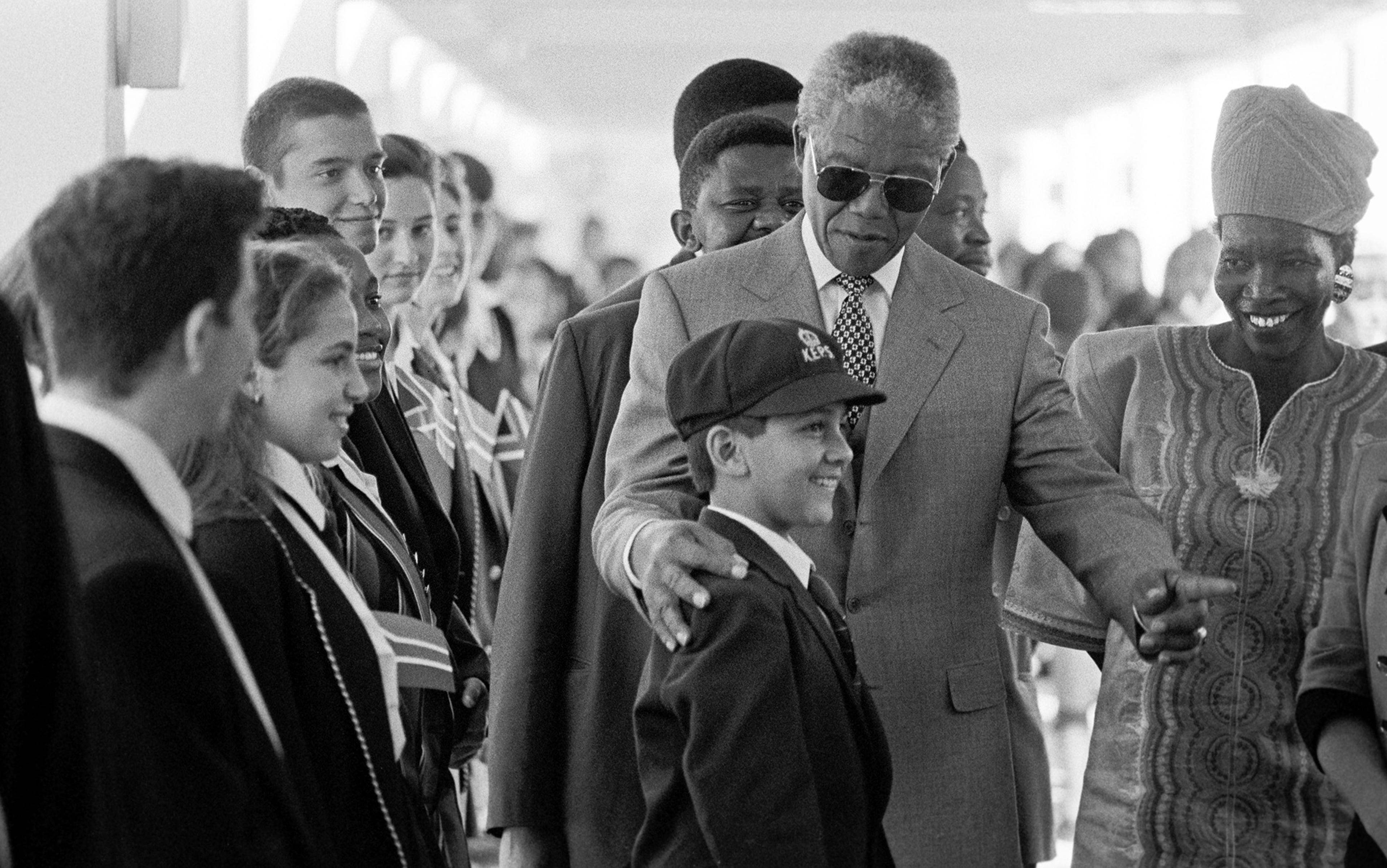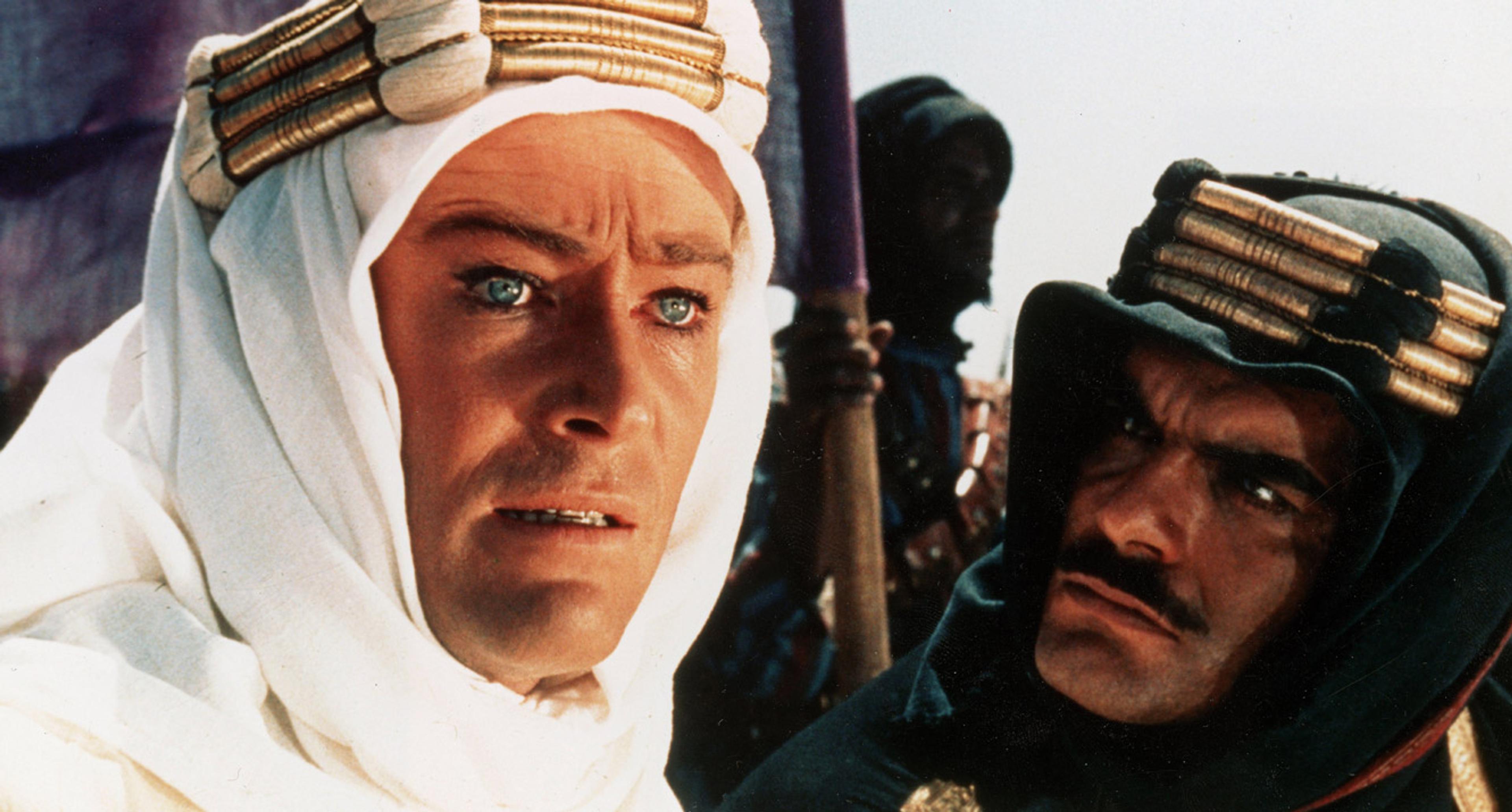We think we know what race is. When the United States Census Bureau says that the country will be majority non-white by 2044, that seems like a simple enough statement. But race has always been a weaselly thing.
Today my students, including Black and Latino students, regularly ask me why Asians (supposedly) ‘assimilate’ with whites more quickly than Blacks and Latinos. Strangely, in the 1920s, the US Supreme Court denied Asians citizenship on the basis that they could never assimilate; fast-forward to today, and Asian immigrants are held up as exemplars of assimilation. The fact that race is unyielding enough to shut out someone from the national community, yet malleable enough for my students to believe that it explains a group’s apparent assimilation, hints at what a shapeshifting adversary race is. Race is incredibly tenacious and unforgiving, a source of grave inequality and injustice. Yet over time, racial categories evolve and shift.
To really grasp race, we must accept a double paradox. The first one is a truism of antiracist educators: we can see race, but it’s not real. The second is stranger: race has real consequences, but we can’t see it with the naked eye. Race is a power relationship; racial categories are not about interesting cultural or physical differences, but about putting other people into groups in order to dominate, exploit and attack them. Fundamentally, race makes power visible by assigning it to physical bodies. The evidence of race right before our eyes is not a visual trace of a physical reality, but a by-product of social perceptions, in which we are trained to see certain features as salient or significant. Race does not exist as a matter of biological fact, but only as a consequence of a process of racialisation.
Occasionally there are historical moments when the creation of race and its political meaning get spelled out explicitly. The US Constitution divided people into white, Black or Indian, which were meant to stand in for power categories: those eligible for citizenship, those subjected to brutal enslavement, and those targeted for genocide. In the first census, each resident counted as one person, each slave as three-fifths a person, and each Indian was not counted at all.
But racialisation is often more insidious. It means that we see things that don’t exist, and fail to recognise things that do. The most powerful racial category is often invisible: whiteness. The benefit of being in power is that whites can imagine that they are the norm and that only other people have race. An early US census instructed people to leave the race section blank if they were white, and indicate only if someone were something else (‘B’ for Black, ‘M’ for Mulatto). Whiteness was literally unmarked.
A brief aside on the politics of typography, in case you’re wondering: throughout this article I leave ‘white’ as is, but I capitalise ‘Black’, as well as ‘Indian’ and ‘Irish’. Why? Well, as the writer and activist W E B DuBois said in the early 20th century, during the decades-long campaign to capitalise ‘Negro’: ‘I believe that 8 million Americans are entitled to a capital letter.’ I could argue that I don’t capitalise white because ‘white’ rarely rises to the level of a cultural identification – but the real reason I don’t is because race is never fair, so it’s fitting for inequality be written into the words we use for races.
Putting whiteness under inspection shows how powerful race is, despite the instability of racial categories. For decades, ‘whiteness’ was an explicit standard for citizenship. (Blacks could technically be citizens, but enjoyed none of the legal benefits. Asians born outside the US were prohibited from becoming citizens until the mid-20th century.) Eligibility for citizenship – painted as whiteness – has remained a category since its inscription in the Constitution, but those eligible for membership in that group have changed. Groups such as Germans, Irish, Italians and Jews were popularly defined as non-citizens and non-white when they first arrived, and then became white. What we see as white today is not the same as it was 100 years ago.
Thomas Nast’s cartoons are notorious in this regard. His caricatures of Irishmen and Blacks are particularly shocking because they are a type we no longer see today. Working-class Irishmen are represented as chimpanzees in crumpled top hats and curled-up shoes. Their faces have a large dome-shaped upper lip surrounded by bushy sideburns:
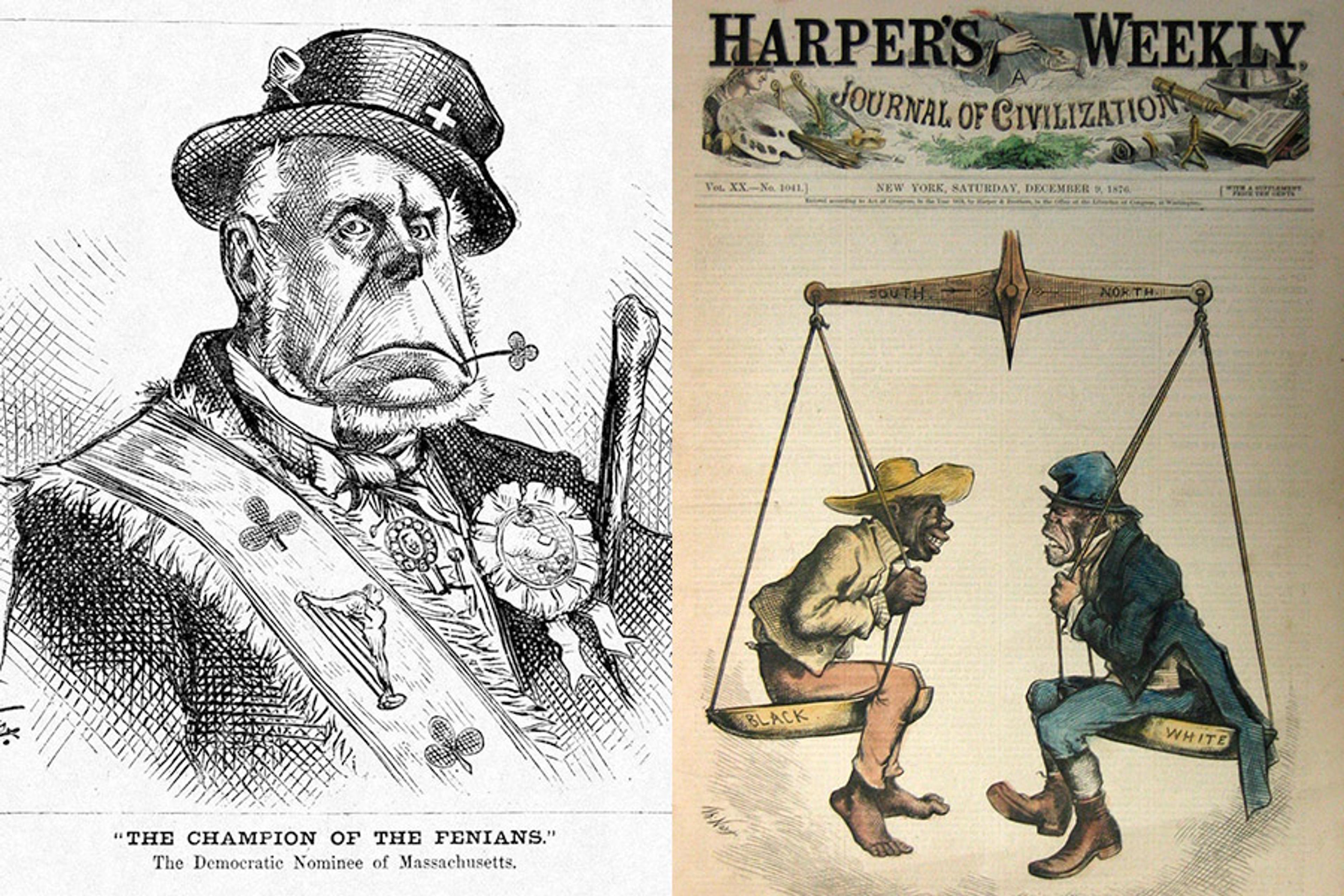
Figure 1: Thomas Nast’s racist caricatures. In the second image, from 1876, Southern Blacks and Irish Democrats are compared politically and graphically, and found to be of equal weight. Inevitably, any publication that called itself the ‘Journal of Civilization’ did the contemptible boundary work of determining who was and was not civilised. Public domain
At times, Nast partnered the Irishman with an equally offensive image of a Black American, with big ‘Sambo’-style lips, perhaps a large rump and clunky bare feet. Today, few Americans have an image in their minds of what an Irish American should look like. Unless, perhaps, they meet a man named O’Connor with red hair, Americans today rarely think to themselves: ‘Of course! He looks Irish.’
Americans can’t see German, Irish or French, but they could. Not all white people look the same
But Nast was not only sketching nasty caricatures of Irishmen; he was doing so in a way that would appear believable to his audience. In a similar example of invisible ethnicity, 15 per cent of Americans in 2014 reported German heritage. This ethnic group is widespread and numerous. So let me pose a simple question: what do German Americans look like? One in seven Americans are German American; how many of the German Americans you meet have you identified that way? Even more so than later immigrant groups such as Italian, Irish or Jewish, German is invisible.
Americans can’t see German, Irish or French, but they could. It’s not the case that all white people look the same. My parents are both of predominantly Irish heritage. One summer, my family was travelling and had a layover in Ireland long enough for us to see the city of Dublin for the first time. We had not left the airport before my seven-year-old son said what I was already thinking: ‘Everybody here looks like grandma and grandpa!’ My family, according to my seven-year-old, looked like people from Ireland.
A few years later, I was to meet a French colleague at a busy Paris train station at rush hour, but neither of us knew what the other one looked like, and there were hundreds of people. I tried to guess which of the women entering, exiting, waiting, smoking, texting and milling about was the person I was to meet, but to no avail. Then I turned, and from a block away, through a crowd of hundreds, a woman waved directly at me. She had picked me out. I had been vaguely aware, before then, that no matter how familiar I got with Paris, I stood out on the subway: I might feel perfectly French riding the train, reading the advertisements in French and understanding the conductor, but when I got home and looked in the mirror, I knew my face was different from the diverse visages I saw in public.
Later I asked my colleague, and she said she knew I wasn’t French. How so? I asked. She scrutinised me. ‘La mâchoire.’ It was your jaw, she said, with a satisfied smile. Until that day, I never knew there was such a thing as an Irish chin, but I had one. And no doubt, if Nast ever met my earliest American ancestors on the street, he’d know they looked Irish too. We don’t see Irish anymore, we don’t recognise it, we no longer caricature it. But we could.
The racial category of Asian is just as unstable and entangled with political power as whiteness is. The US census started counting ‘Chinese’ back in 1870 (with no other category for people from the continent of Asia). Around the same time, the census started counting a similarly excluded group, American Indians, which the Constitution had designated as ripe for expropriation. Tellingly, Indian racial categories were unstable from the start: after not being counted at all, Indians were then included but tallied in the ‘white’ column – except in areas where there were large numbers of Indians, where they became their own category.
For Asians, as Paul Schor points out in his fascinating history Counting Americans (2017), the US government counted Chinese and Japanese but still left the rest of Asia blank, adding ‘Filipino, Hindu, and Korean’ in the 20th century. For something so clearly created by people, lists of racial groups are never comprehensive and typically ill-defined. Looking across the Eurasian continent, the US government today is still vague about where white ends and Asian begins. People in the US who were born east of Greece and west of Thailand are often unsure which boxes to check in the US census every 10 years. Like storm-borne waves or wind-blown sand dunes, race is a daunting obstacle that shifts and changes.
During the Second World War, China was a US ally, while Japan was an enemy. The US military decided it necessary to identify racial differences between the Chinese and the Japanese. In a series of cartoon illustrations, they tried to educate American soldiers about what to look for – what to see – in order to distinguish a Japanese solider who might be trying to blend in among a Chinese population.
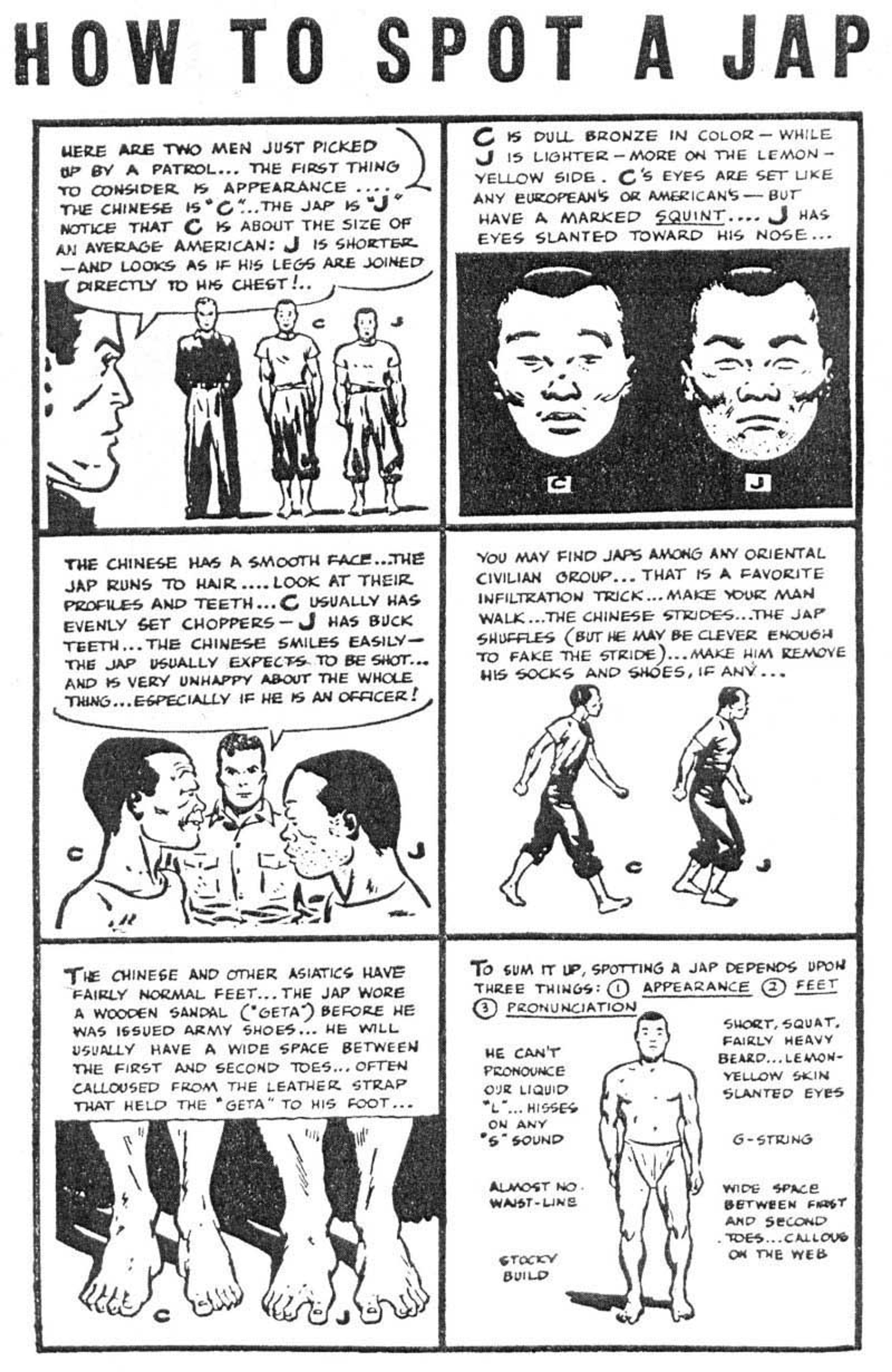
Figure 2: US propaganda for soldiers sought to disseminate physical differences between Chinese and Japanese people. Public domain
Today, the ‘How to Spot a Jap’ leaflets are an offensive novelty – used either to illustrate the history of racist stereotyping or sold on postcards as ironic curiosities. But they can also be examined in another way. In The Civilizing Process (1978), the sociological theorist Norbert Elias studied books on manners from the European Renaissance to understand the process of the creation of what he called habitus. Manners that we see as utterly natural and inevitable today, like not blowing one’s nose at the table, or eating off the serving spoon, or belching or farting in public, are, in fact, socially constructed and learned behaviours.
At the historical moment at which they were introduced, books of manners were required to teach what is today utterly obvious to adults. They make for incredible reading. In his chapter ‘On Blowing One’s Nose’, for instance, Elias quotes a ‘precept for gentlemen’ that matter-of-factly explains: ‘When you blow your nose or cough, turn round so that nothing falls on the table.’ ‘Do not blow your nose with the same hand that you use to hold the meat.’ ‘It is unseemly to blow your nose into the tablecloth.’ Some of the recommendations are as poetic as they are graphic: ‘Nor is it seemly, after wiping your nose, to spread out your handkerchief and peer into it as if pearls and rubies might have fallen out of your head.’ It appears that actions that seem completely natural had to be taught explicitly.
Genetic inheritance isn’t what matters. What we literally see is shaped by politics
The ‘How to Spot a Jap’ flyers were printed to serve much the same function as the manners books that Elias studied. They tried to create and implant a racial habitus that distinguished the Japanese from the Chinese. That Second World War poster looks offensive today – crude, reductionist, insulting – and it is. We think that recognising such ridiculousness makes us less racist than the people who made it. It doesn’t. It merely means that we have different racial categories than in 1942.
Chinese and Japanese people look no more ‘similar’ or ‘different’ from one another than Irish Americans do from French Americans. That doesn’t mean that there aren’t differences as a matter of statistical distribution, but only that what we think we know about race has to be learned, and that what people ‘know’ and ‘see’ as salient and obvious changes over time. Most Americans cannot distinguish a white American of Irish origin versus one of French origin walking down the street, yet they hardly need pamphlets explaining what to look for to tell if someone is white or Black. If the distinction between Japanese and Chinese had remained as significant in the US today as it was to US soldiers during the Second World War, many people would see it as similarly self-evident.
On-the-street racial distinctions don’t have to be ‘perfect’. People often don’t recognise the author Malcolm Gladwell as Black, although he is; other times whites are mistaken for Blacks. For the purposes of making or unmaking a racial difference, genetic inheritance isn’t what matters. What we literally see is shaped by politics. The same two groups can be visibly different racially or indistinguishable racially, depending on the political context and power relations by which they’re categorised.
Francis Galton was a pioneer in modern statistics. But he was also a eugenicist. Among other things, Galton became notorious for photos in the late 19th century that purported to reveal the ‘Jewish type’. At the time, people believed that Irish, Jewish, Japanese, Chinese or German denoted races. When Jews were a race, people thought that they could tell who was Jewish by looking at them. Today, many Jewish people recoil at the idea that there is a Jewish ‘race’, and find the suggestion that there is a Jewish ‘look’ inherently racist. At various times, then, the US Army, Thomas Nast and the father of the statistical method of regression analysis all believed that there were visually distinct and observable races that many Americans today would be generally unable to identify – certainly not with the level of certainty they’d feel with respect to racial categories such as Caucasian, African American, Latino or Asian.
I suspect that a visitor from a planet without race would have a very difficult time slotting anyone on Earth into the racial categories we use today. If they were asked to group people visually, there is no statistical possibility that they’d use the same set of arbitrary boxes, and even if these categories were described for them in detail, they would probably not sort actual people in the same way as the modern US does.
That we think we see race naturally, when in fact it’s socially constructed, is the third eye through which we see the world. The census prediction that the US will be majority minority is less a conclusion than a question: ‘What future will immigrants of colour build in the US?’ The answer involves not just changes that transpire between one group and another, but changes to the membership of those groups and their symbolic meaning. In response to demographic shifts, the very boundaries of whiteness are likely to shift, as indeed they’ve done before.
In the worst case, a majority non-white US could take its cue from apartheid-era South Africa
In The History of White People (2011), Nell Irvin Painter argues that the idea of ‘whiteness’ has expanded several times to include more and more people. First came the Irish and previously ‘suspect’ non-Protestants, who ‘gained’ whiteness in the late 1800s. The next great expansion of whiteness came with the social upheaval and physical relocation of both servicemen and migrating industrial workers during the Second World War. In the war economy, groups including Italians, Jews and Mexicans became upwardly mobile, and sought to present themselves in allegiance with Anglo-Saxon beauty ideals (the only Jewish Miss America was crowned in 1945) – all of which helped to recast them as ‘white’. The narrative of white inclusivity continued from the Roosevelt era into the postwar period. Finally, intermarriage eventually dissolved previous notions of racial boundaries. Few white Americans could claim a single national race (Swedish, German, French) with any confidence, and whiteness could no longer sustain the idea of nation-based races. For Painter, this most recent change closed the book on any scientific basis for race, and helped to make the US a country where people are much more mixed, across old racial boundaries, than ever before.
Perhaps this mixing means that the US is finally warming to multiracial identity. But if that is indeed happening, it’s not because of demographics, but because of the tireless efforts of activists who continue to fight racism and racial segregation. Movements for racial justice succeed not simply because of demographic shifts but because racial privileges cannot justify themselves in the face of an organised alternative. Many countries have been minority white yet held on to whiteness; to the extent that whiteness meant citizenship, these were states that were ruled by a minority and oversaw the hyper-exploitation of a much larger part of the country. In the worst case, a majority non-white US could take its cue from apartheid-era South Africa, or Brazil, or Guatemala, where a small light-skinned group has enjoyed privileges at the expense of many more who are excluded.
The path to justice therefore involves attacking the prerogative to categorise people in order to justify their exploitation or colonisation. That means acknowledging and challenging the basis of racial categories. It’s not about a token embrace of multicultural colour: it’s about power, and power is far too wily for us to expect it to stand still and be overtaken by demographic change. We need to confront the force of racial privilege no matter who inhabits the privileged caste at any given moment. It’s no good imagining that innate human diversity will render the system powerless.
The US shift towards majority non-whiteness is not destiny, but it is an opportunity. Painter notes that when external conditions change, it becomes possible to imagine different racial hierarchies. The geographical and social remixing of the Second World War cooked down the diverse European identities in the US into a single racial category of ‘white’. Likewise, Asian immigrants occupied one role when Asian immigration was largely working class, West Coast, limited in numbers, and male, as it was at the end of the 19th century. But the racial constraints on Asian Americans shifted when immigration law came to favour professionals, and brought middle- and working-class people, women and men, in larger numbers than before to more US cities.
Using shifting social situations to upend racial hierarchies is not just about challenging racism, but race itself. This doesn’t mean the disingenuous denial of race when racism still very much exists, but a collective challenge to its right to determine our lives. The Black Lives Matter movement seeks to take away the police’s prerogative to use violence against African Americans with no legal sanctions; success would undermine an important means of maintaining racial segregation and inequality. What would it mean, once and for all, to bury the shameful, misplaced pride some white people have for the South’s role in the Civil War, and acknowledge instead the irredeemable mistakes of their forefathers? What would it mean to frankly acknowledge each nation’s racial past, and think about what reparations would set us on a path to greater prosperity? Race is neither inevitable nor something we can wish away. Instead, we must take advantage of the instability in what we perceive, and redistribute the power that perpetuates race.
Race never stays still. As the sociologist Richard Alba pointed out in The Washington Post last month, the prediction that the US will be majority non-white by 2044 relies on a definition of race that is static, and doesn’t acknowledge the surprising reality that people’s races change. Nearly 10 million people listed their racial identification differently on the 2010 census than they had in 2000. Alba criticises the census for ‘binary thinking’ which counts anyone with Hispanic heritage as Hispanic, and through a quirk in the census questions, effectively ignores any other racial identity that they could claim. ‘[A] majority-minority society should be seen as a hypothesis, not a foreordained result,’ Alba wrote, of the 2044 claim. This is important, because when it comes to fighting racism, we can’t rely on demographic shifts to do the work for us. Instead, if we recognise that race looks solid but is shifting, we can find additional ways to destabilise the structures of racial inequality.
Getting rid of racism requires clarity about the nature of the enemy. The way to defeat white supremacy is to destroy it. The US will truly be ‘majority non-white’ only when white is no longer the privileged citizenship category, when white is no more meaningful than the archaic Octoroon or Irish. This is not to discount the anxiety about cultural loss conjured by talk of an imagined colourblind future, but to recognise the inextricability of racial identities and power inequality. With work, perhaps the next expansion of whiteness will be into oblivion.
This Essay is adapted from Cause … And How it Doesn’t Always Equal Effect (2018) by Gregory Smithsimon, published by Melville House Books.
